In late November 2025, not only is downtown Ho Chi Minh City bustling with tourists, but Thieng Lieng island hamlet in Thạnh An Commune has also emerged as a clean, green community-based tourism destination that keeps visitors coming back.
Community tourism built around salt-making
Thieng Lieng is a small island hamlet of Ho Chi Minh City, home to nearly 13,000 hectares of mangrove forest. Local residents mainly earn a living from salt farming, and in recent years, community-based tourism has also begun to take root.
Salt production in Thieng Lieng began in the 1970s, when settlers reclaimed the land and expanded the salt fields. Today, the island commune has around 390–400 hectares of salt fields, yielding 17,000–20,000 tonnes annually, making it one of Ho Chi Minh City’s key salt-producing areas.

Farmers stand working in the salt fields (aerial photo)
Salt farming is physically demanding and heavily dependent on the weather. Salt workers spend long hours under the sun, raking and gathering salt by hand, pumping seawater into the fields, and waiting for days of uninterrupted sunshine for the crystals to form. High production costs—especially for fuel and transportation to the mainland—make their income unstable.
In recent years, however, the growth of community-based tourism has not only provided salt workers with an additional source of income but also helped preserve their traditional craft.
In 2025, Thieng Lieng had 243 households, more than 150 of which continued to rely on salt production—its primary livelihood and a defining cultural identity of the island hamlet.
What sets Thieng Lieng’s tourism apart from other coastal areas is its community-based model built around the local salt-making tradition, situated within the Can Gio Mangrove Biosphere Reserve.
Here, visitors can not only enjoy the fresh, clean air of the mangrove “green lung” but also stroll through the salt fields and learn about the island’s long-standing salt-making heritage.
Since December 2022, Thieng Lieng Island Hamlet has been officially recognized by the Ho Chi Minh City Department of Tourism and the former Can Gio District People’s Committee as a community-based tourism destination.
It is being developed into a distinctive, signature tourism product, setting itself apart from other offerings in Ho Chi Minh City. For the first time, the city now has a community-based tourism model shaped by a coastal identity.
Expanding the production of processed salt varieties
Nguyen Thi Bach Tuyet, Director of the Thieng Lieng Agriculture–Trade–Services–Tourism Cooperative, said that since the community-based tourism model was launched, the hamlet has welcomed around 6,000 visitors.
Currently, 18 households participate in the initiative, 16 of which still maintain the traditional salt-making craft. Each household develops a different tourism component, ranging from salt-making spaces and traditional cakes to coconut-coffee and coconut ice cream, herbal cooling drinks, betel-garden homestays, and local cuisine.
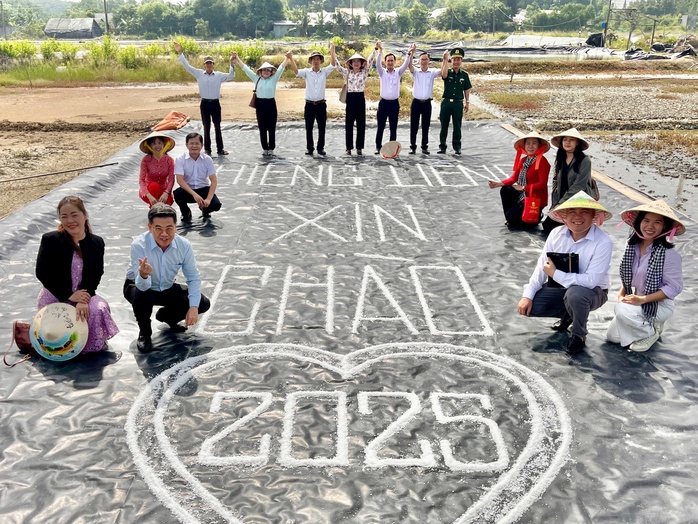
Island residents combine tourism with preserving their centuries-old salt-making tradition.
In reality, salt production yields fluctuating output and unstable income because it depends heavily on the weather and seasonal productivity. However, since the introduction of the community-based tourism model, island residents now have more diversified sources of income.
In addition to producing raw salt, locals have expanded into making processed salt varieties such as shrimp salt, pepper salt, chili salt, and herbal salt—all of which have been certified as 3-star OCOP products. The growth of tourism has also created an effective market for these locally made products.
Tran Thi Thu Hien, a tour guide from Vietravel, shared that she recently visited Thieng Lieng and was truly impressed by its community-based tourism model. In the rising trend of green and sustainable tourism, Thieng Lieng is not only a destination for travelers but also a place that tells the story of salt workers who have weathered countless seasons of sun and rain, dedicating decades to a physically demanding craft while steadfastly preserving their traditional livelihood.
And in today’s modern context, they are adapting by integrating green tourism into their way of life.
“When setting foot on this green island right next to the megacity of Ho Chi Minh City, visitors not only enjoy the activities but also gain a deeper appreciation for the local craft village and the labor behind each grain of salt—products that carry the effort and devotion of salt workers who work tirelessly to preserve their tradition. What stands out even more is the warmth, sincerity, and hospitality of the people of Thiềng Liềng,” Hien said.

Visitors check in and learn about the local salt-making process.
Dr. Duong Duc Minh, Deputy Director of the Ho Chi Minh City Institute for Economic and Tourism Development, said that activities in Thieng Lieng are being developed to enhance visitor experiences and encourage longer stays.
Residents are investing in homestays, expanding community tourism spaces, offering cycling routes around the hamlet, and providing opportunities to enjoy local specialties such as mesona jelly and salted lime.
Community-based tourism is not as straightforward as other types of tourism. It requires careful planning to ensure that farmers continue to rely on their primary livelihoods, rather than abandoning their traditional work, with tourism serving only as an additional source of income.

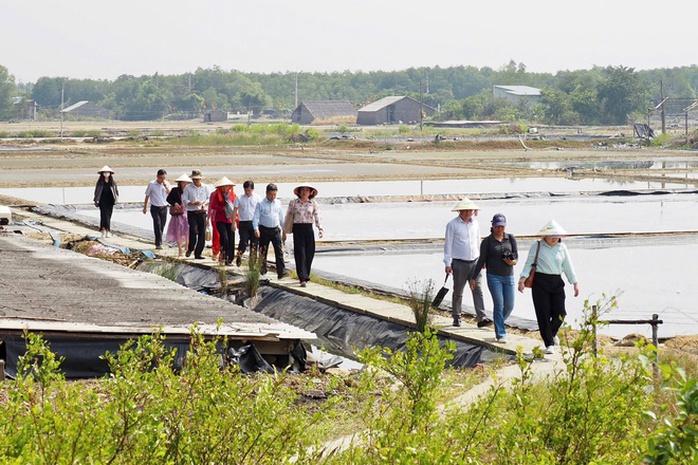
In the context of Ho Chi Minh City’s rapid growth into a modern mega-city, preserving traditional values becomes even more important.
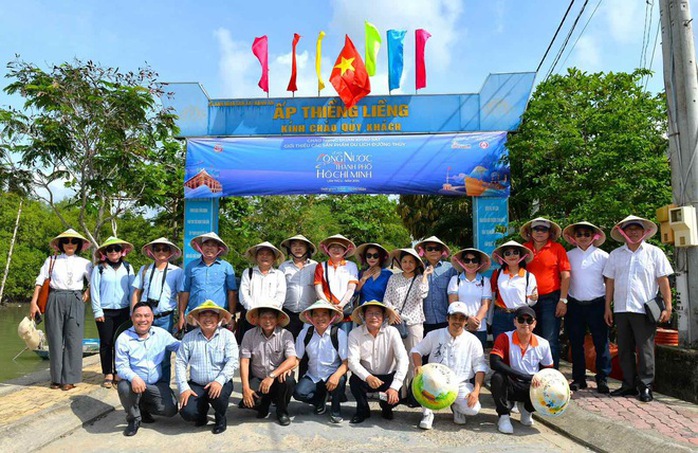

At Thieng Lieng, visitors can not only enjoy the fresh air and learn about salt-making but also savor local cuisine.

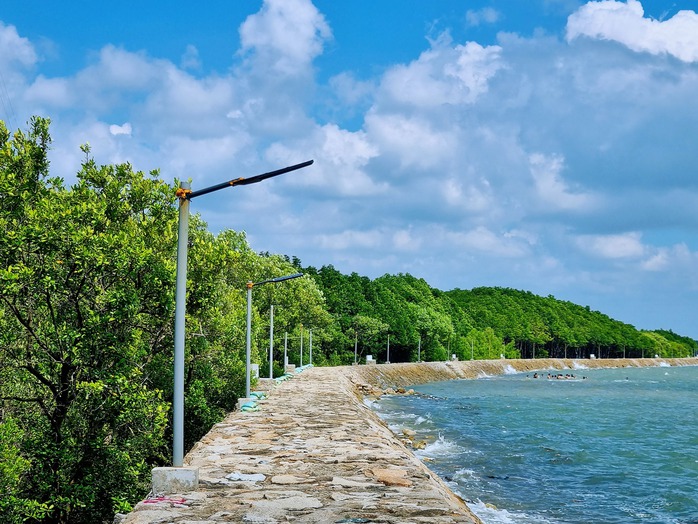
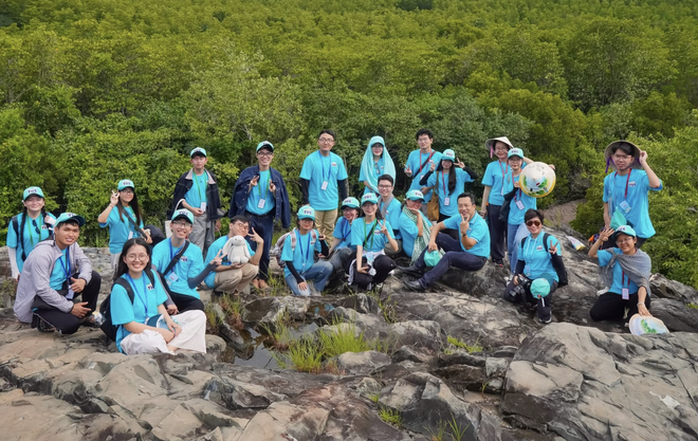
Since December 2022, Thieng Lieng Island Hamlet has been officially recognized as a community-based tourism destination, positioned as one of Ho Chi Minh City’s distinctive and unique tourism products.
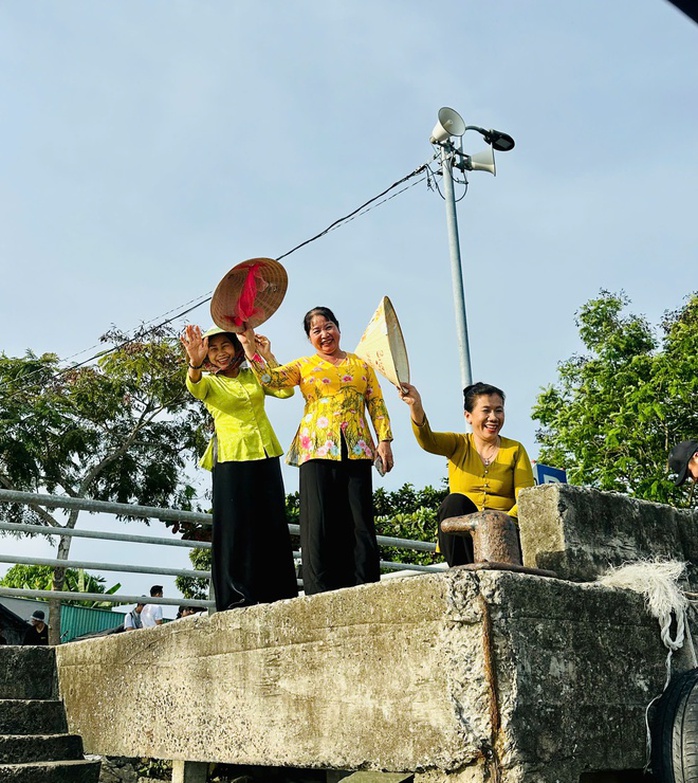






Bạn không thể gửi bình luận liên tục. Xin hãy đợi
60 giây nữa.